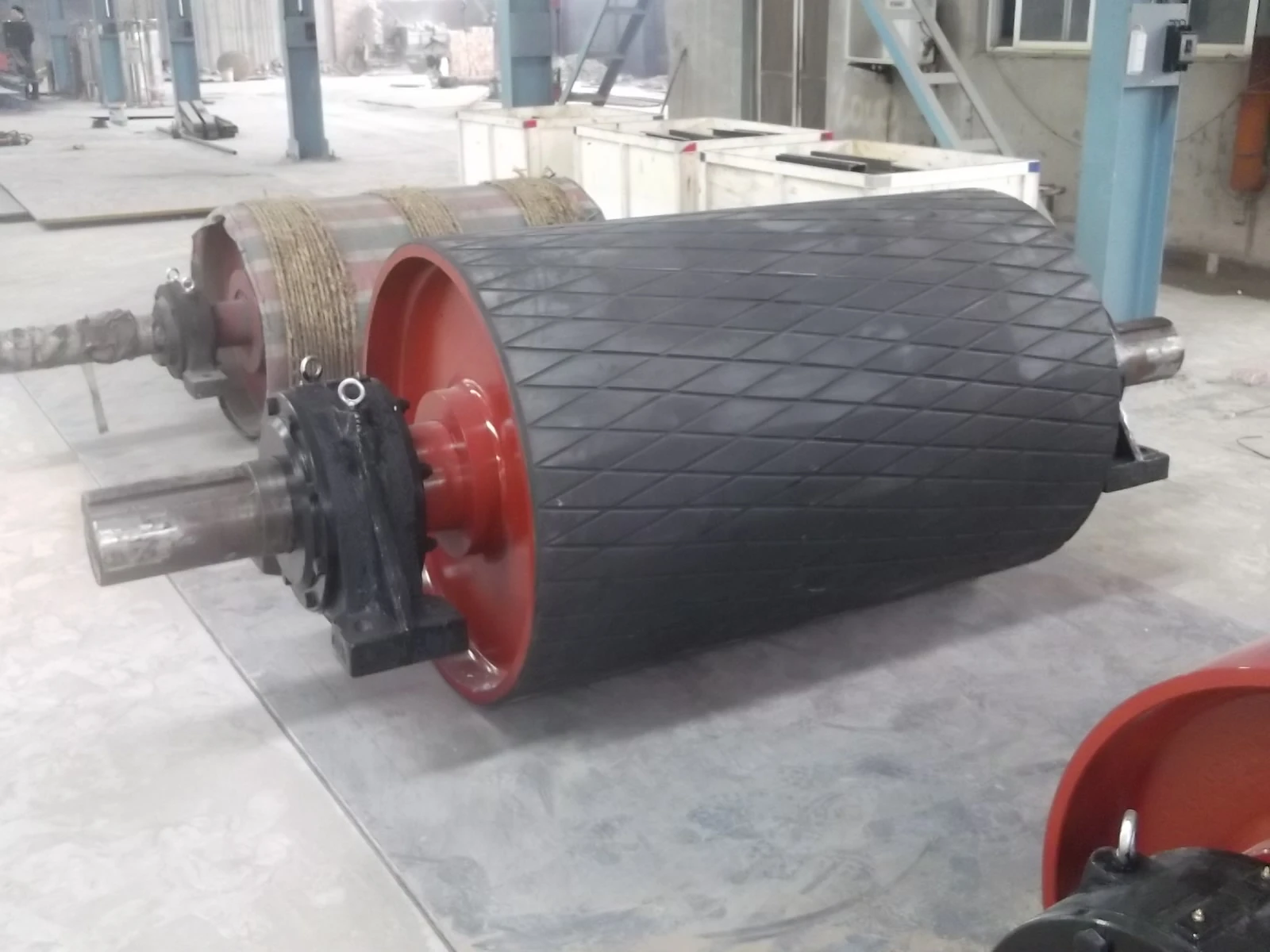 Afrikaans
Afrikaans  Albanian
Albanian  Amharic
Amharic  Arabic
Arabic  Armenian
Armenian  Azerbaijani
Azerbaijani  Basque
Basque  Belarusian
Belarusian  Bengali
Bengali  Bosnian
Bosnian  Bulgarian
Bulgarian  Catalan
Catalan  Cebuano
Cebuano  Corsican
Corsican  Croatian
Croatian  Czech
Czech  Danish
Danish  Dutch
Dutch  English
English  Esperanto
Esperanto  Estonian
Estonian  Finnish
Finnish  French
French  Frisian
Frisian  Galician
Galician  Georgian
Georgian  German
German  Greek
Greek  Gujarati
Gujarati  Haitian Creole
Haitian Creole  hausa
hausa  hawaiian
hawaiian  Hebrew
Hebrew  Hindi
Hindi  Miao
Miao  Hungarian
Hungarian  Icelandic
Icelandic  igbo
igbo  Indonesian
Indonesian  irish
irish  Italian
Italian  Japanese
Japanese  Javanese
Javanese  Kannada
Kannada  kazakh
kazakh  Khmer
Khmer  Rwandese
Rwandese  Korean
Korean  Kurdish
Kurdish  Kyrgyz
Kyrgyz  Lao
Lao  Latin
Latin  Latvian
Latvian  Lithuanian
Lithuanian  Luxembourgish
Luxembourgish  Macedonian
Macedonian  Malgashi
Malgashi  Malay
Malay  Malayalam
Malayalam  Maltese
Maltese  Maori
Maori  Marathi
Marathi  Mongolian
Mongolian  Myanmar
Myanmar  Nepali
Nepali  Norwegian
Norwegian  Norwegian
Norwegian  Occitan
Occitan  Pashto
Pashto  Persian
Persian  Polish
Polish  Portuguese
Portuguese  Punjabi
Punjabi  Romanian
Romanian  Russian
Russian  Samoan
Samoan  Scottish Gaelic
Scottish Gaelic  Serbian
Serbian  Sesotho
Sesotho  Shona
Shona  Sindhi
Sindhi  Sinhala
Sinhala  Slovak
Slovak  Slovenian
Slovenian  Somali
Somali  Spanish
Spanish  Sundanese
Sundanese  Swahili
Swahili  Swedish
Swedish  Tagalog
Tagalog  Tajik
Tajik  Tamil
Tamil  Tatar
Tatar  Telugu
Telugu  Thai
Thai  Turkish
Turkish  Turkmen
Turkmen  Ukrainian
Ukrainian  Urdu
Urdu  Uighur
Uighur  Uzbek
Uzbek  Vietnamese
Vietnamese  Welsh
Welsh  Bantu
Bantu  Yiddish
Yiddish  Yoruba
Yoruba  Zulu
Zulu rubber belt pulley
Understanding Rubber Belt Pulleys Function, Benefits, and Applications
Rubber belt pulleys are essential components in various mechanical systems, particularly in the field of power transmission. These pulleys play a crucial role in transferring motion and energy through belts, facilitating efficient operation in a wide range of machines and equipment. This article will delve into the fundamental aspects of rubber belt pulleys, including their functions, benefits, and applications.
Function of Rubber Belt Pulleys
At its core, a rubber belt pulley serves as a mechanical element that connects a belt to a rotating shaft. When the shaft rotates, the pulley, which is attached to it, also spins. The primary function of the pulley is to guide and transfer the motion of the rubber belt, which in turn is responsible for driving other components in a system. This mechanism allows for the translation of motor power into usable work, such as moving machinery, conveyor belts, or other mechanical parts.
The design of a rubber belt pulley can vary based on its intended application. It typically consists of a round wheel with a groove that holds the belt in place. The elasticity of rubber provides a significant advantage, as it can absorb shocks and vibrations during operation. This characteristic is particularly beneficial in applications where smooth motion and minimal wear are critical.
Benefits of Rubber Belt Pulleys
1. Durability Rubber is known for its resilience and resistance to wear and tear. When used in belt pulleys, rubber can withstand significant stress and strain, leading to a longer lifespan for the pulley and the associated machinery.
2. Noise Reduction The elastic properties of rubber help absorb sound, resulting in quieter operation compared to metal pulleys. This feature is particularly advantageous in settings where noise reduction is essential, such as in residential or office environments.
3. Flexibility Rubber belt pulleys are versatile and can be used in various applications, from automotive engines to industrial machinery. Their flexibility in design allows for adapting to different belt sizes and types, making them suitable for numerous operational requirements.
rubber belt pulley

4. Cost-Effectiveness Compared to metal alternatives, rubber pulleys are often more affordable. They require less maintenance and can be easily replaced, contributing to overall cost savings in machinery operation.
Applications of Rubber Belt Pulleys
Rubber belt pulleys find applications across diverse industries. Here are a few notable examples
1. Automotive Industry In vehicles, rubber belt pulleys are used in timing belts, serpentine belts, and various accessory belts. They help drive components like the alternator, water pump, and air conditioning compressor, ensuring proper functioning of the engine and accessory systems.
2. Manufacturing In factories and production lines, rubber belt pulleys are integral to conveyor systems. They facilitate the movement of goods and materials, enhancing productivity and efficiency in manufacturing processes.
3. Agriculture Farmers utilize rubber belt pulleys in various agricultural machinery, such as tractors and harvesters. These pulleys help power equipment like grain augers and balers, enabling effective farm operations.
4. Home Appliances Rubber belt pulleys are also found in everyday appliances, such as washing machines and vacuum cleaners. They help with the movement of belts that drive motors and other components, contributing to the overall performance of these devices.
Conclusion
Rubber belt pulleys are fundamental components that contribute to the efficient operation of a vast array of machines and equipment. Their durability, flexibility, and cost-effectiveness make them a popular choice in many industries, from automotive to manufacturing and beyond. Understanding the function and benefits of these pulleys can help users make informed choices when selecting the appropriate components for their mechanical systems. As technology continues to advance, the design and materials used for rubber belt pulleys will likely evolve, further enhancing their efficiency and effectiveness in various applications.
-
Revolutionizing Conveyor Reliability with Advanced Rubber Lagging PulleysNewsJul.22,2025
-
Powering Precision and Durability with Expert Manufacturers of Conveyor ComponentsNewsJul.22,2025
-
Optimizing Conveyor Systems with Advanced Conveyor AccessoriesNewsJul.22,2025
-
Maximize Conveyor Efficiency with Quality Conveyor Idler PulleysNewsJul.22,2025
-
Future-Proof Your Conveyor System with High-Performance Polyurethane RollerNewsJul.22,2025
-
Driving Efficiency Forward with Quality Idlers and RollersNewsJul.22,2025





























